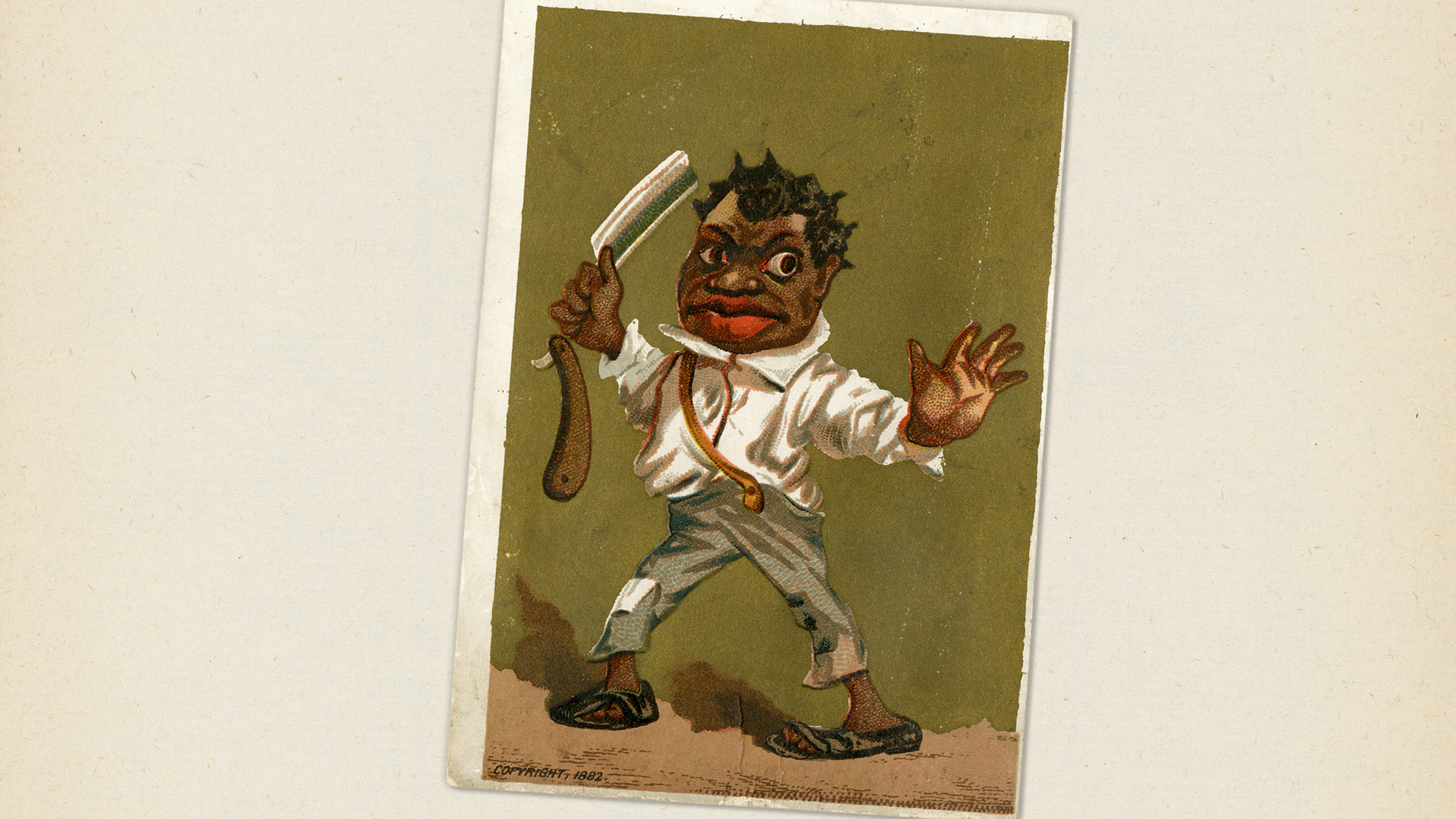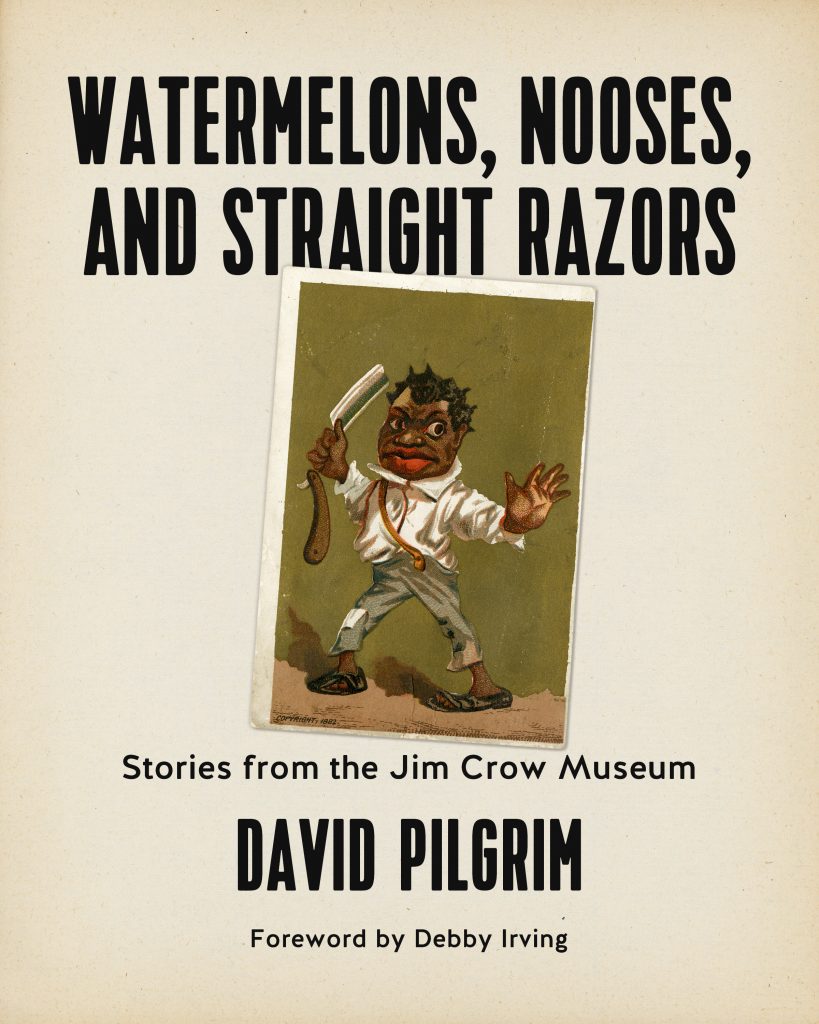Publishers Weekly
March 5th, 2018
Sociologist and museum curator Pilgrim provocatively confronts racist stereotypes using objects from the Jim Crow Museum of Racist Memorabilia, which he founded in 2012, at Ferris State University, in Michigan. The array of objects he presents that caricature black people as simians, watermelon-lovers, mammies, and worse—figurines and postcards, paperweights and ceramic plates, toys, T-shirts, sheet music, buttons, children’s books, a ticket to a hanging—brazenly exemplify racist notions. In their mundane variety, Pilgrim writes, they serve as “shorthand ways of saying that black people are others, specifically, Lesser Others.” Pilgrim presents the objects as a sort of genealogy of stereotypes that he argues still persist today. For example, he notes the subtle differences between a “coon” and a “brute” (the former reserves his violence for other black people, a characteristic popularized in “coon songs” from the 1880s, which used black-on-black crime as a form of entertainment, while the latter characterizes black people as innately savage) and connects the stereotypes behind them—that Black men are violent—to contemporary culture: “Black men, like Michael Brown or the looters televised after his death at the hand of police officers… are still portrayed as brutes or beasts,” he writes. The book draws on film, music, literature, social science, and ample history to survey how white supremacy operates, from 19th century minstrel shows to the Obama monkey memes of the past decade. The graphics featured throughout will likely cause more than a little discomfort, but that’s clearly the point as Pilgrim boldly challenges readers to confront racist taboos. Color photos.







